

Damion Smy
Boxy new KGM Musso unveiled to take on HiLux and Ranger ahead of Australian launch
10 Hours Ago
Drag is the enemy of efficiency, so carmakers are always working on ways to make their vehicles slice through the air as cleanly as possible

Contributor
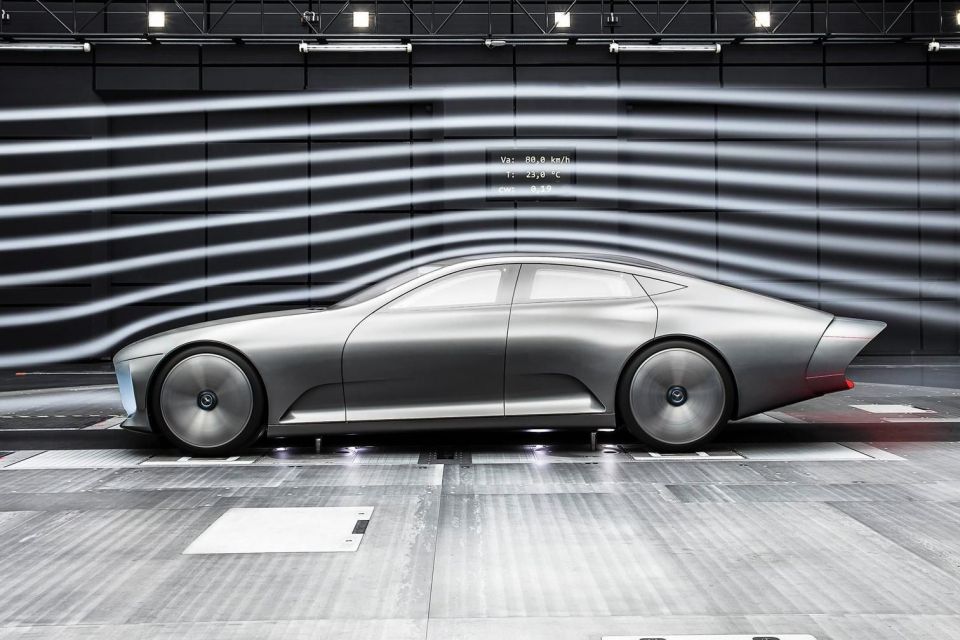

Contributor
One of the most seismic advances in automotive technology over the decades has to do with efficiency. The hyped new Hyundai Ioniq 6 is just one in a long line of similarly slippery cars.
Cars are large moving objects, which means that, apart from more efficient powertrains and reducing weight where possible, aerodynamics play an important part in improving efficiency.
This is especially important in the context of electric vehicles (EVs). With battery technology still in its infancy, and larger batteries adding cost and weight, carmakers must look for other options to solve the problem of range, while ensuring their cars can be sold for a profit. Reducing drag and cutting wind resistance is one option.

There are two critical factors determining the drag acting on any particular object. These are its shape, and its size.
The coefficient of drag (C) is a number relating to how aerodynamically efficient a shape is. In nature, a teardrop is widely recognised as the shape with the lowest coefficient of drag at approximately 0.04, while a brick is likely to have a C greater than 1.0.
The size of an object is also a critical factor in determining the total drag acting upon it. The greater the frontal area of the car, the more air that it will displace. To determine total drag, frontal area is therefore multiplied by the drag coefficient.
Practically, this means although a large SUV and a small hatchback may claim the same drag coefficient, the SUV will have a significantly greater total drag by virtue of its larger size and frontal area.
This story focuses on seminal cars that made the above a critical consideration of their design and engineering to optimise efficiency.


When people think of Czech cars, Skoda immediately comes to mind. The marque is well known through its history as a manufacturer of affordable, but practical and reliable everyday cars.
Less well-known is Tatra. Whilst it still exists as a truck manufacturer, in the early 20th century it was renowned as a manufacturer of innovative luxury cars. Adolf Hitler and Ferdinand Porsche were inspired by Tatra designs when developing the first Volkswagen Beetle.
The Tatra 77 is one of the most notable pre-WWII models from the brand, especially for its claimed drag coefficient of just 0.212. That was remarkable for its time, and is still ahead of most cars sold today.
The aerodynamic efficiency of the Tatra 77’s design could be seen in its streamlined body that included a rear dorsal fin to better control airflow.
A low drag coefficient also contributed to excellent refinement and optimised performance, with the car able to reach speeds of up to 140 km/h with an engine producing just 45kW of power.

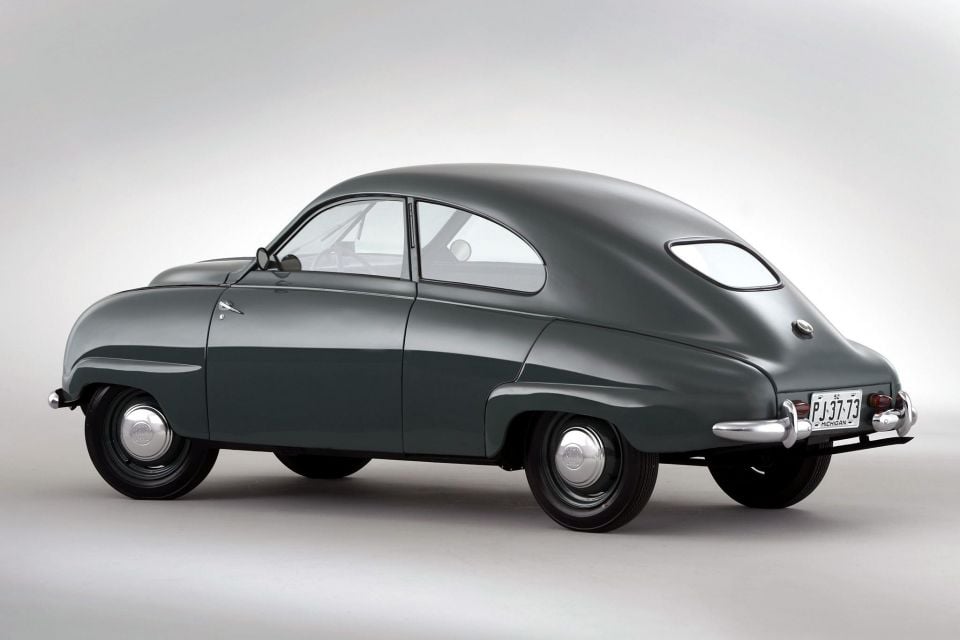
Before making cars, Saab was a manufacturer of fighter planes and military aircraft. The Swedish marque’s expertise with streamlining was on show with the launch of its first mass-produced model in 1947, the Saab 92.
Production techniques were a key contributor to the 92 achieving an impressive 0.30 C.
Unsightly, airflow-disturbing panel gaps and seams were minimised by having the entire body of the car stamped from a single sheet of steel, after which holes were cut to accommodate windows and doors. Despite having a 764cc engine producing just 18.6kW, the car’s shape enabled a top speed of 105km/h.
Early examples were painted dark green, as Saab had leftover quantities of aircraft paint from wartime production of fighter planes.


Citroën had a reputation for building revolutionary but quirky cars. The DS is the prime example, given it featured innovations such as cornering headlamps and comfortable hydropneumatic suspension.
The GS continued this trend. A five-door small family hatchback that would eventually compete with cars such as the Volkswagen Golf, the GS achieved an impressive drag coefficient of just 0.318.
One of the key contributors to this was the car’s implementation of a Kammback. The design meant the silhouette sloped downwards before being sharply cut off with a truncated vertical tail, optimising aero and maintaining practicality in a compact package.
The GS continued to adopt the hydropneumatic suspension of its forebears, allowing it to be driven on three wheels in an emergency.
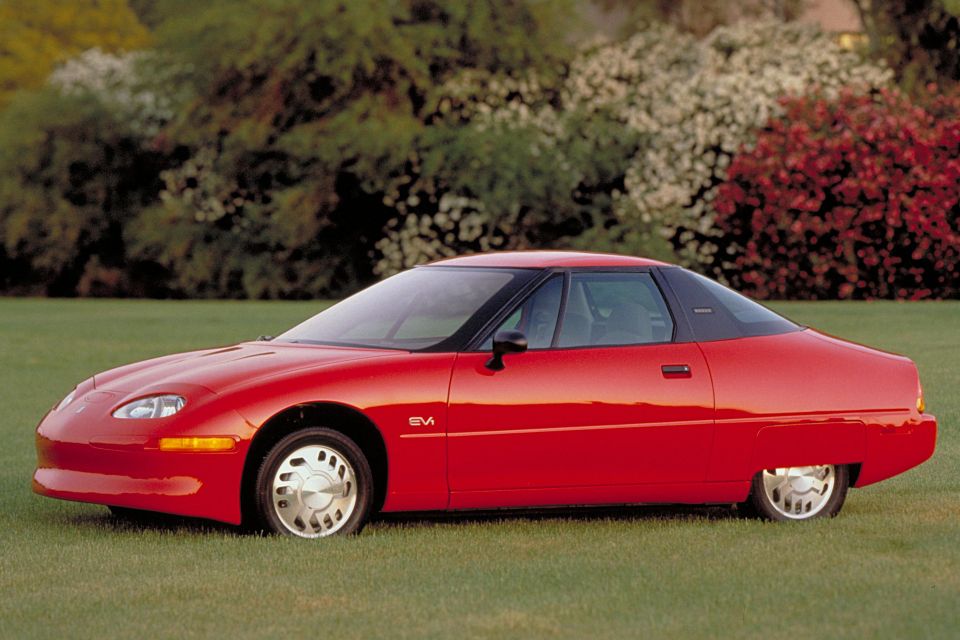
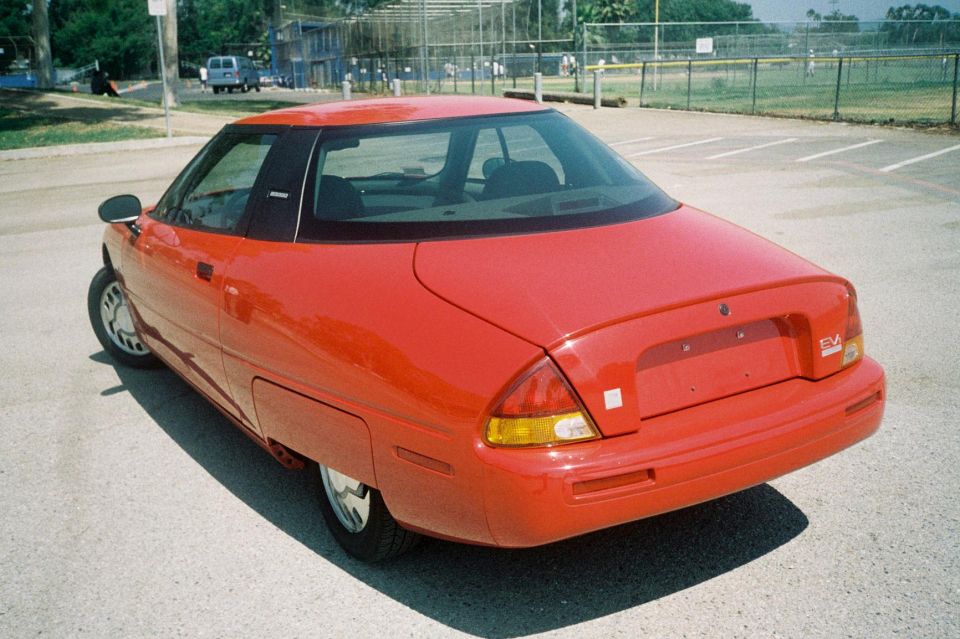
General Motors may be rapidly investing in electric vehicles now, with the development of its Ultium platform and models such as the Cadillac Lyriq, but the American giant has a history with electric cars dating back to 1996.
Only available for limited leases, and produced as a direct result of Californian regulations at the time that mandated the availability of EVs, the EV1 was a two-seat, two door coupé that in later iterations made use of a 26.4kWh NiMH (nickel-metal hydride) battery to offer a realistic range of around 150km.
To achieve this, the EV1 made use of numerous aerodynamic features including covered rear wheels and a teardrop shape, with the tail narrower than the front of the car. It packed an interesting convex rear windscreen, too.
Despite its ground-breaking 0.19 C, General Motors ended production of the EV1 and reacquired all cars in the early 2000s due (officially) to the unprofitability of the project.
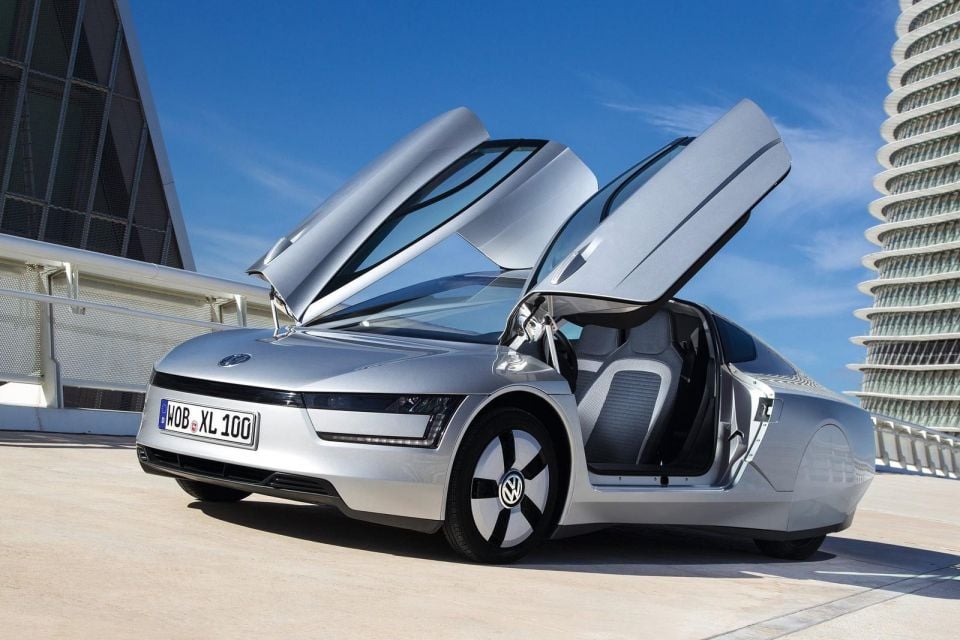
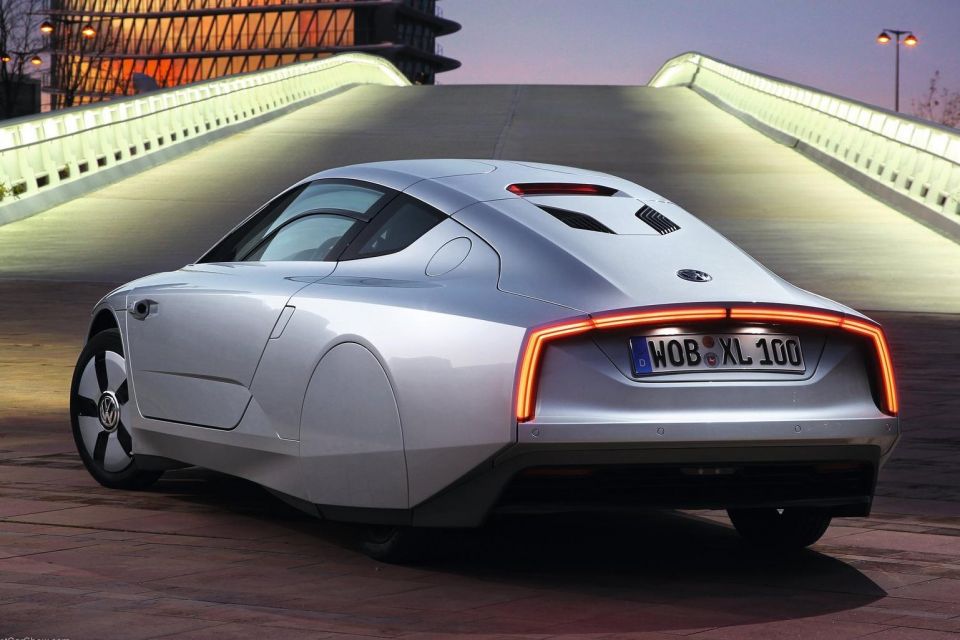
Prior to Dieselgate, Volkswagen was one of diesel’s most enthusiastic adopters, with the company touting benefits such as lower carbon dioxide emissions, comparatively greater torque to petrol engines, and lower fuel consumption.
As part of efforts to demonstrate the benefits of diesel, it set out to build a production car that would achieve a fuel economy of less than 1.0L/100km using a plug-in hybrid diesel powertrain. The XL1 was that car.
It could consume as little as 0.9L/100km using the diesel engine, travel up to 50km in electric-only mode, offer a maximum speed of 160km/h, and accelerate from 0-100 km/h in 12.7 seconds.
Apart from a weight of just 800kg, central to the car’s efficiency was a drag coefficient of just 0.189. Key to optimising aerodynamics was an extremely low height of just 1153mm, as well as a teardrop profile with completely enclosed rear wheels, digital side mirrors and flush door handles.
To make the passenger compartment as narrow as possible without significantly compromising practicality, the front passenger sits slightly behind the driver.
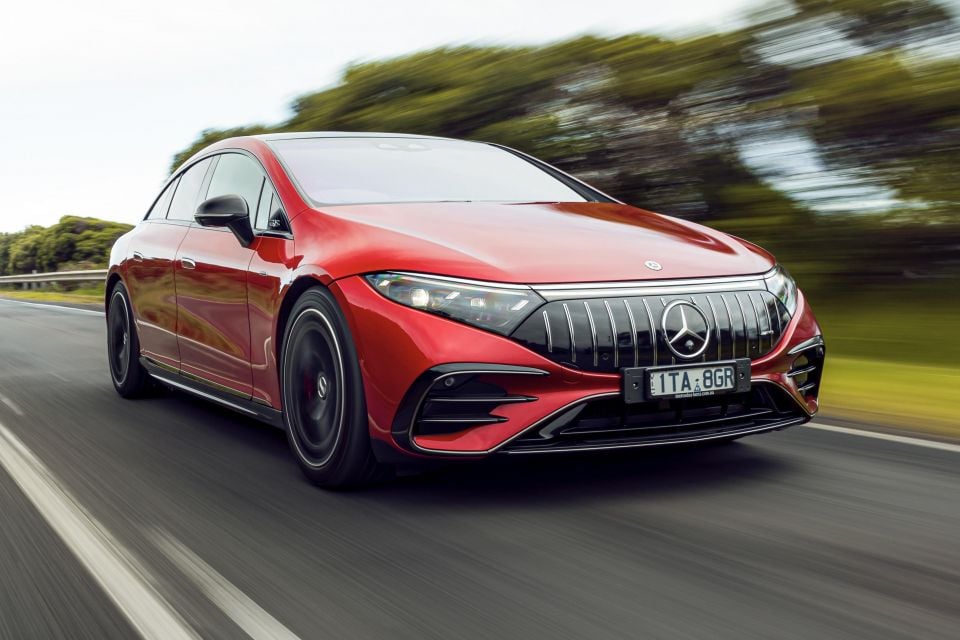
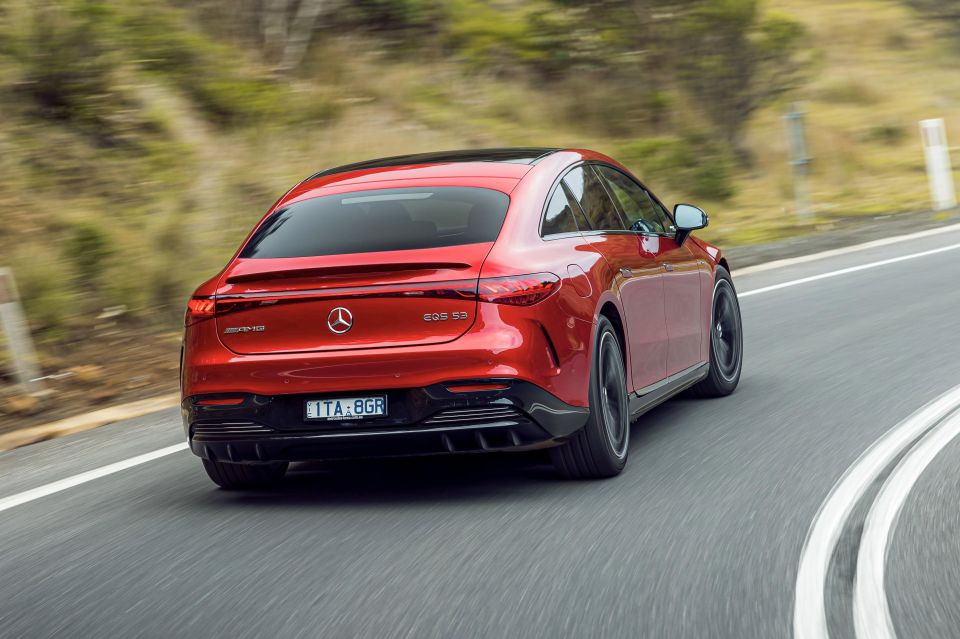
Arguably the car with the lowest coefficient of drag in production today, the EQS is an electric luxury car that sits alongside the S-Class.
The German brand has organised its recent electric vehicles under the ‘EQ’ sub-brand, and as part of this has given its electric sedans the freedom to follow a design direction focused on aerodynamics.
The EQS makes use of a cab-forward ‘one-bow’ design, rather than the typical three-box sedan profile.
Together with smooth surfacing and other features such as flush door handles, this facilitates a 0.20 C. This enables the EQS to offer a maximum range of 770km according to the WLTP standard, from a battery with a usable capacity of 107.8 kWh.


Damion Smy
10 Hours Ago


Damion Smy
11 Hours Ago


Damion Smy
13 Hours Ago


Damion Smy
14 Hours Ago


Damion Smy
16 Hours Ago


Damion Smy
17 Hours Ago